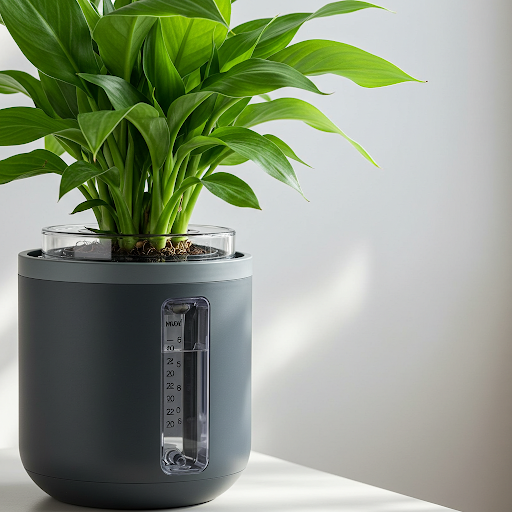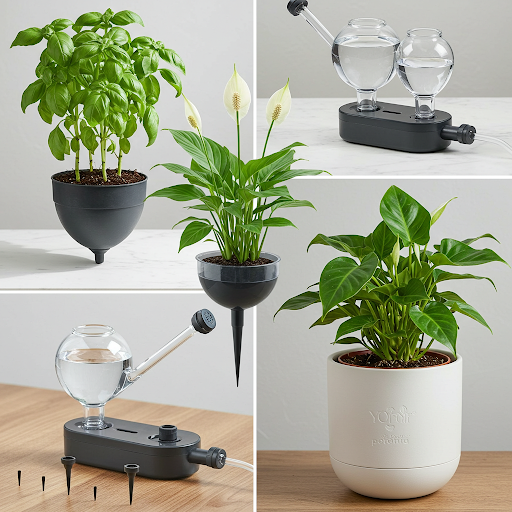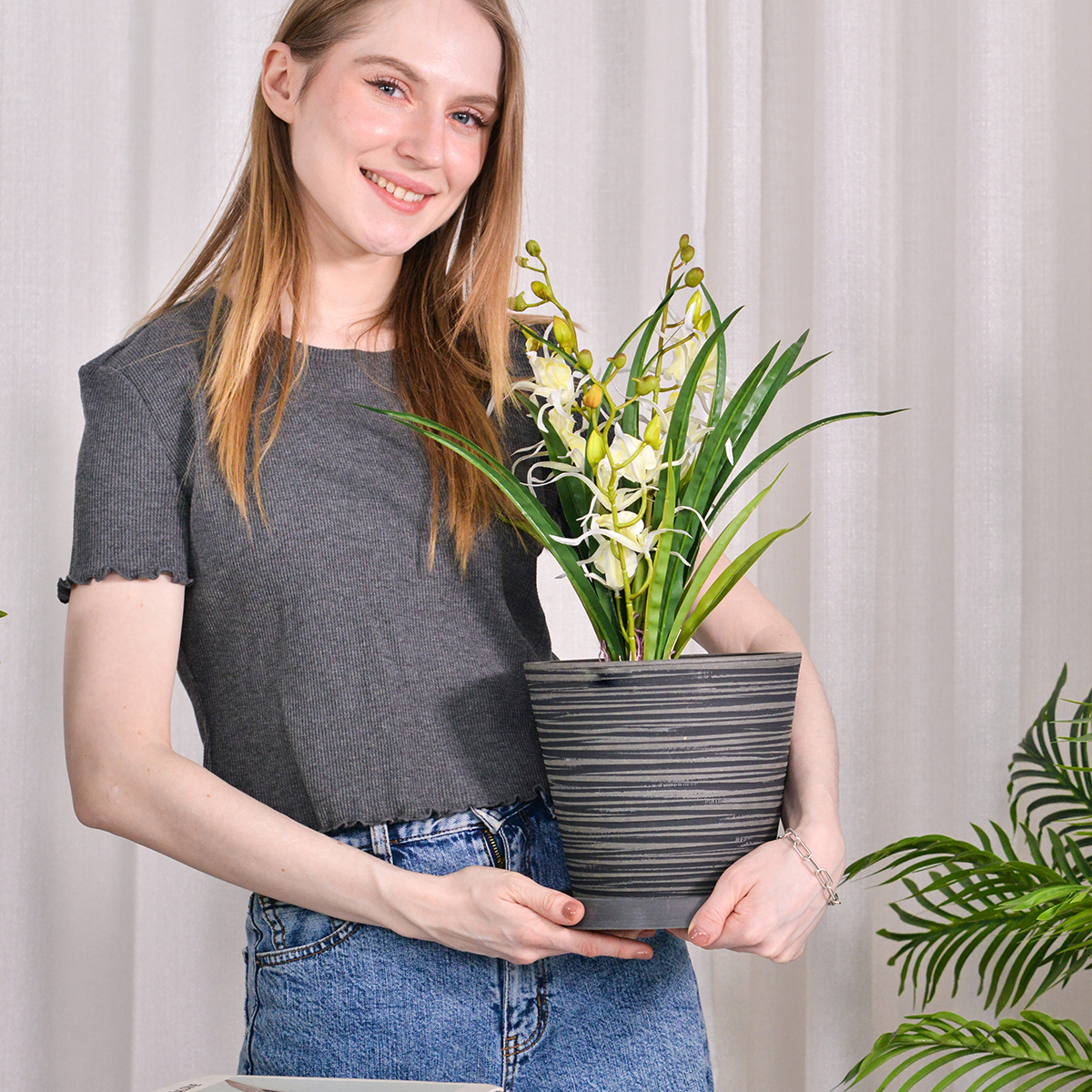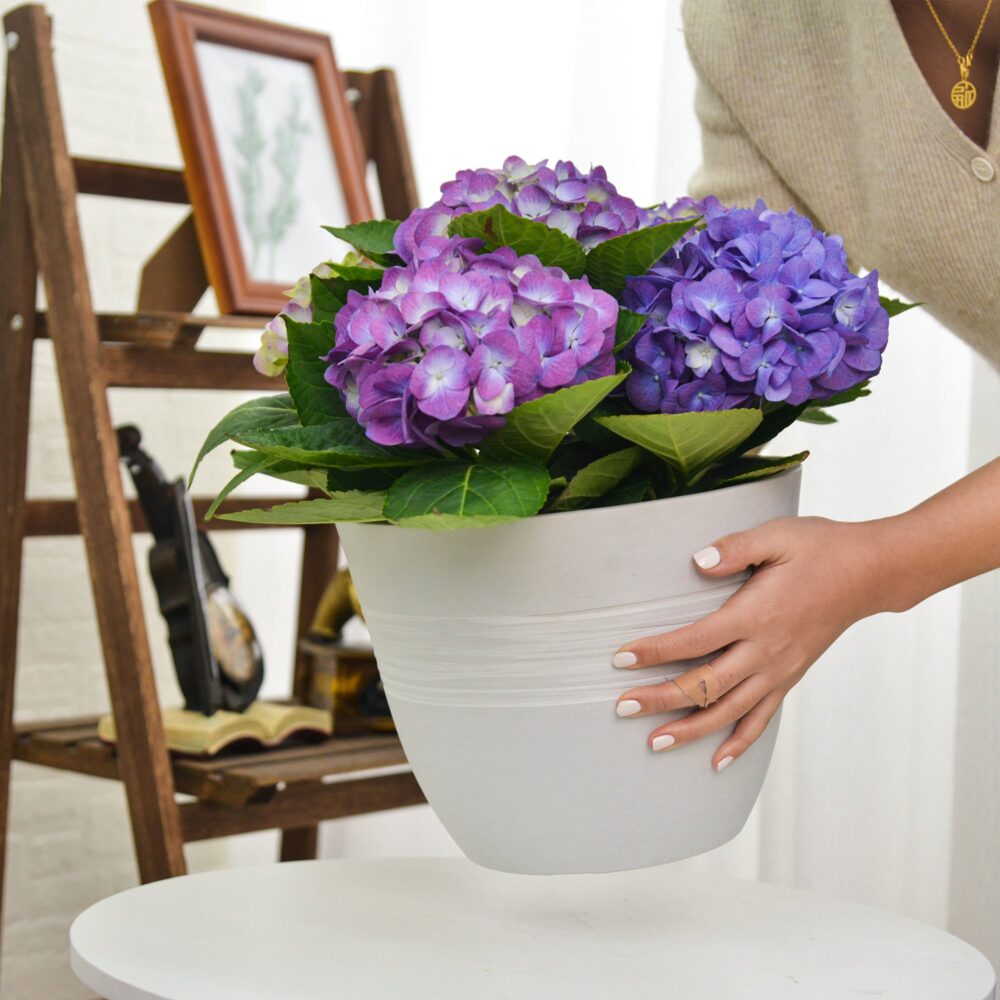Are Self-Watering Devices Good for Plants? Weighing the Pros and Cons
For busy plant parents or those who tend to forget watering schedules, self-watering devices can seem like a dream come true. These gadgets promise to deliver consistent moisture to your plants, potentially saving you time and preventing the common issues of underwatering. But are self-watering devices truly good for all plants in the long run? Let’s explore the benefits and drawbacks to help you decide if they’re right for your leafy companions.

How Do Self-Watering Devices Work?
Self-watering devices come in various forms, but they generally work on the principle of providing a reservoir of water that the plant can access as needed. Common types include:
- Self-Watering Pots and Planters: These have a built-in water reservoir at the bottom. The water is drawn up to the soil through a wicking material or a specific design that allows for capillary action.
- Watering Spikes/Globes: These devices are filled with water and inserted directly into the soil. They release water gradually as the soil dries out.
- DIY Wicking Systems: These involve using a wick (like a cotton string or strip of fabric) that runs from a water source to the plant’s soil.
The Benefits of Using Self-Watering Devices
Self-watering devices offer several potential advantages for plant care:
- Consistent Moisture Levels: One of the biggest benefits is the consistent supply of water. This can prevent the stress caused by fluctuating moisture levels, which can hinder growth and even lead to plant death.
- Reduced Watering Frequency: Self-watering devices can significantly reduce how often you need to manually water your plants, making them ideal for busy individuals or those who travel frequently.
- Prevention of Underwatering: Forgetting to water can be a common issue. Self-watering systems ensure your plants have a reserve of water to tap into, reducing the risk of them drying out.
- Potentially Better Water Distribution: Some self-watering systems are designed to deliver water directly to the root zone, potentially leading to more efficient water use compared to top-watering.
- Convenience: They offer a convenient solution for maintaining plant hydration, especially for large collections or plants in hard-to-reach places.
The Potential Drawbacks of Self-Watering Devices
While self-watering devices offer many benefits, there are also potential downsides to consider:
- Risk of Overwatering: While they aim for consistency, some self-watering devices can lead to overwatering, especially if the soil remains constantly saturated. This can suffocate the roots and lead to root rot. This risk is higher for plants that prefer drier conditions.
- Not Suitable for All Plants: Plants that prefer to dry out between waterings, such as succulents and some herbs, may not thrive in consistently moist conditions provided by some self-watering devices.
- Potential for Root Rot: If the device isn’t used correctly or if the plant is in a poorly draining soil mix, the constant moisture can create an environment conducive to root rot.
- Maintenance Required: Self-watering reservoirs need to be refilled regularly. Also, some systems might require occasional cleaning to prevent algae growth or mineral buildup.
- Salt Buildup: Over time, salts from fertilizers can accumulate in the reservoir or the soil near the wicking material. This can be harmful to plants, so periodic flushing of the soil might be necessary.
- Can Mask Underlying Problems: If a plant is struggling due to other issues like poor light or pests, a self-watering device might temporarily mask the problem by ensuring adequate hydration, but it won’t address the root cause.
Tips for Using Self-Watering Devices Effectively
If you decide to use self-watering devices, here are some tips for success:
- Choose the Right Device for Your Plant: Consider the type of plant and its watering needs. Some devices are better suited for certain plants than others. For example, plants that like to dry out might do better with watering spikes that release water more slowly.
- Use a Well-Draining Soil Mix: Even with a self-watering device, using a well-draining potting mix is crucial to prevent waterlogging.
- Monitor Moisture Levels: Don’t rely solely on the device. Regularly check the soil moisture with your finger or a moisture meter to ensure it’s not too wet.
- Adjust Watering Frequency in the Reservoir: You might need to adjust how often you refill the reservoir depending on the plant’s needs, the weather, and the type of device.
- Allow for a Dry Period Occasionally: For plants that prefer it, allow the top inch or two of soil to dry out before refilling the reservoir.
- Clean Your Devices Regularly: This will help prevent clogs, algae growth, and mineral buildup.

Conclusion
Self-watering devices can be a valuable tool for plant care, offering convenience and consistent moisture. They can be particularly beneficial for busy plant enthusiasts and those who travel. However, they are not a foolproof solution and may not be suitable for all types of plants. Understanding the potential drawbacks and using these devices correctly, along with regular monitoring of your plants, is key to ensuring their health and thriving growth.
11V
By greenship|2024-08-13T03:05:48+00:00August 13, 2024|Categories: Hand-carving Series|
K2-11T
By greenship|2024-08-13T04:21:25+00:00August 13, 2024|Categories: Hand-carving Series|
11TH
By greenship|2024-08-13T02:50:25+00:00August 13, 2024|Categories: Hand-carving Series|
Planter for Indoor Outdoor Plants, Set of 2 Modern Decorative Plant Pots with Drainage Hole, Decorative Flower Pots
By greenship-seo|2025-01-14T12:26:44+00:00January 14, 2025|Categories: Hand-carving Series|Tags: Decorative Flower Pots|
Modern Plant Pots with Drainage – Indoor & Outdoor Use (6″ Widths)
By greenship-seo|2025-04-10T06:29:43+00:00February 6, 2025|Categories: Hand-carving Series|Tags: Decorative Flower Pots|
KC2-21G
By greenship|2024-08-13T06:19:08+00:00August 13, 2024|Categories: Hand-carving Series|






